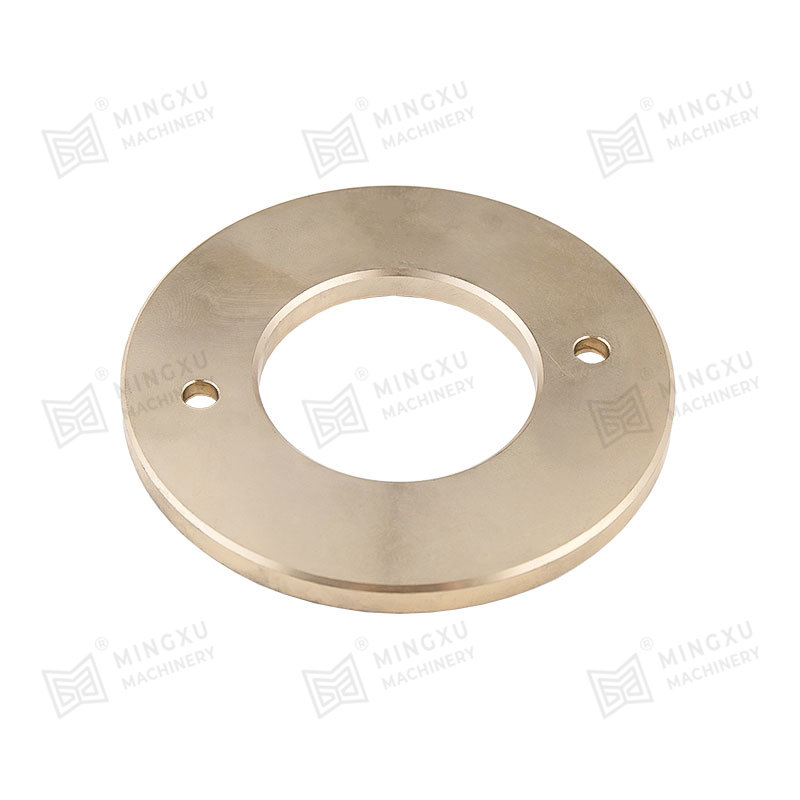The installation position of the thrust washer does have its own specific requirements. The following is a popular explanation of its installation position:
Thrust washers, as a key component that prevents bearings from moving in the axial direction, are installed in a critical location. First, the installation location must be selected to ensure that the thrust washer can effectively withstand the axial force of the bearing, thereby protecting the bearing from damage by axial movement.
When installing the thrust washer, we need to pay special attention to its direction and the direction of the arrow. Thrust washers are usually marked with arrows or other markings that indicate the direction of installation. The arrow usually points in the direction of the bearing to ensure the thrust washer is installed in the correct orientation. Also, if the thrust washer is marked with the words "UP" or "TOP," it means that part should be facing upwards of the bearing to ensure it functions correctly.
It is also very important to understand the position of the bearing during installation. Only by ensuring that the thrust washer is installed in the correct position can it correctly withstand the axial force of the bearing. If installed incorrectly, the thrust washer may not work effectively and may even cause damage to the bearing.

In addition, if there are lubricating oil holes in the bearing or shaft, we also need to ensure that the thrust washer is installed without blocking the flow of lubricating oil. This is because lubricants are critical to the proper operation of bearings, reducing friction, reducing wear, and extending bearing life.
It is also very important to keep the mounting surfaces of the bearing housing and thrust washer clean before installation. Any oil, impurities or dirt may affect the tight fit of the thrust washer and the effective transmission of axial force. Therefore, it is very necessary to use detergent to clean these surfaces.
We also need to refer to the installation instructions and recommendations provided by the relevant equipment or bearing manufacturer. These instructions and recommendations are often based on the manufacturer's in-depth understanding and expertise of the product, allowing us to provide best practices and recommendations for thrust washer installation.




 English
English Español
Español

















Contact Us